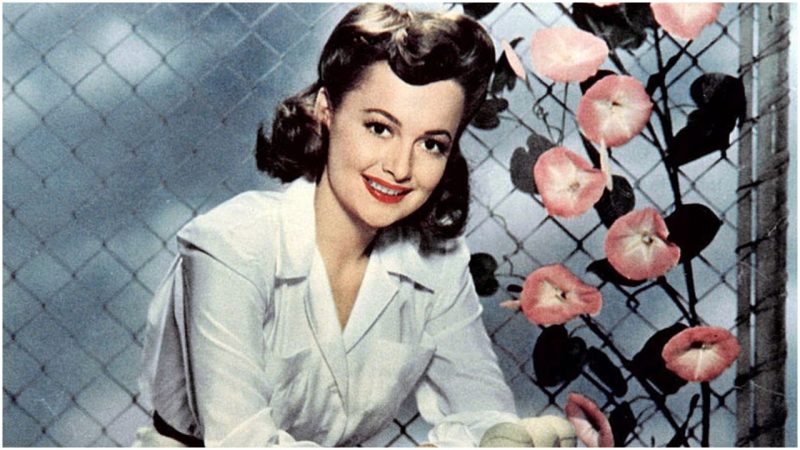I would prefer to live forever in perfect health, but if I must at some time leave this life, I would like to do so ensconced on a chaise lounge, perfumed, wearing a velvet robe and pearl earrings, with a flute of champagne beside me and having just discovered the answer to the last problem in a British cryptic crossword.
Olivia de Havilland
The grande dame of Classic Hollywood and the last surviving principal cast member of Gone With the Wind, Olivia de Havilland, celebrated her 101st birthday in July.
She portrayed the gentle and courageous Melanie Hamilton in Gone With the Wind, earning her first Academy Award nomination, but she also appeared in nearly 50 other movies throughout her career, leaving a lasting mark on film history.
Olivia de Havilland is also known as Errol Flynn’s eight-time screen partner and winner of two Academy Awards for her roles in Mitchell Leisen’s To Each His Own and in William Wyler’s The Heiress.
It’s fair to say that she made Hollywood history in more ways than one as she played a historic role in the De Havilland versus Warner Brothers landmark lawsuit that put an end to the studio system and forever changed the entire movie industry.
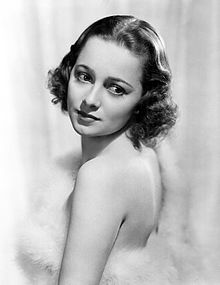
The legendary actress was born on July 1, 1916, in Tokyo to Walter de Havilland and Lilian Fontaine. About 15 months after Olivia’s birth, her sister Joan was born, who also went on to become an accomplished actress and Oscar winner. Up to this day, they remain the only pair of siblings to win lead acting Oscars–and their longtime feud has supplied many a headline.
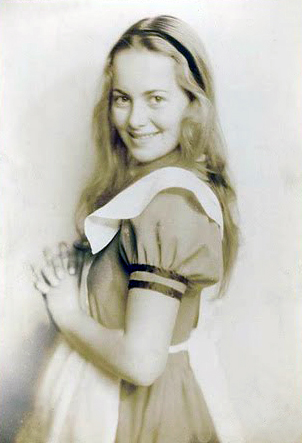
Following their parents’ divorce, the girls moved with their mother to California, where they spent much of their childhood. Olivia showed a particular interest in acting early in her life, mostly thanks to her mother, Lilian, who was a stage actress herself and always encouraged her children to appreciate the arts and to pursue an acting career.
By the age of four, Olivia started receiving ballet lessons and one year later her mother signed her up her for piano lessons. De Havilland excelled at school, displaying a keen interest in the arts and taking part in numerous school plays.
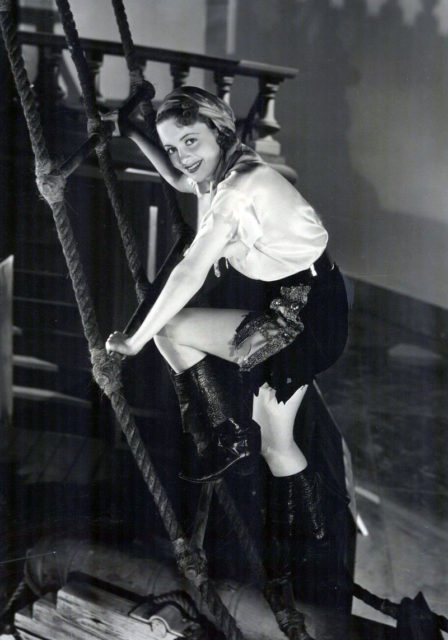
She debuted on stage in Alice in Wonderland in 1933 but struggled to continue acting because her stepfather was strongly against her becoming an actress. Determined to follow her dream, de Havilland eventually left home and went to live with a family friend.
She was a natural talent and soon caught the eye of Austrian director Max Reinhardt, making her screen debut alongside Dick Powell and James Cagney in the film adaptation of Shakespeare’s A Midsummer Night’s Dream. Her performance brought her a seven-year contract with Warner Brothers and launched her career. Together with Errol Flynn, she went on to form one of the most dynamic romantic on-screen pairings in Hollywood. The duo made their first appearance in 1935 in Michael Curtiz’s Captain Blood and went on to appear in seven more classic movies.
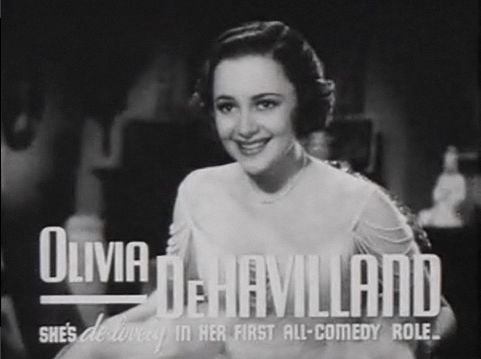
Gone With the Wind producer David O. Selznick was famously indecisive over casting his Scarlett O’Hara, finally choosing Vivien Leigh, but Olivia de Havilland was his number one choice for Melanie Hamilton.
In interviews de Havilland has talked about how difficult it was for Clark Gable, playing Rhett Butler, to break down on camera after the death of his daughter, Bonnie, and weep. Gable was uncomfortable with his role of Butler, and did not click personally with Vivien Leigh, but it was de Havilland who shared the scene with him when he is supposed to break down, and he turned to her.
De Havilland said, “And would you believe Clark almost quit? It was all about one scene. I remember talking to Clark about the scene when he is supposed to cry, after the death of his daughter. He was worried: you see, he had never cried on the screen before. He thought it was not masculine to cry. He was so worried about it. ‘I’m just going to have to quit,’ he told me. I remember I said, ‘Tears denote strength of character, not weakness. Crying makes you intensely human.’ He agreed, rehearsed it, and it turned out to be one of the most memorable scenes in the movie.”
The actress appeared in a great number of movies during the 1940s and 1950s, including Hold Back the Dawn, To Each His Own, The Snake Pit, The Heiress, Not as a Stranger, The Strawberry Blonde, My Cousin Rachel, The Ambassador’s Daughter, and The Proud Rebel.
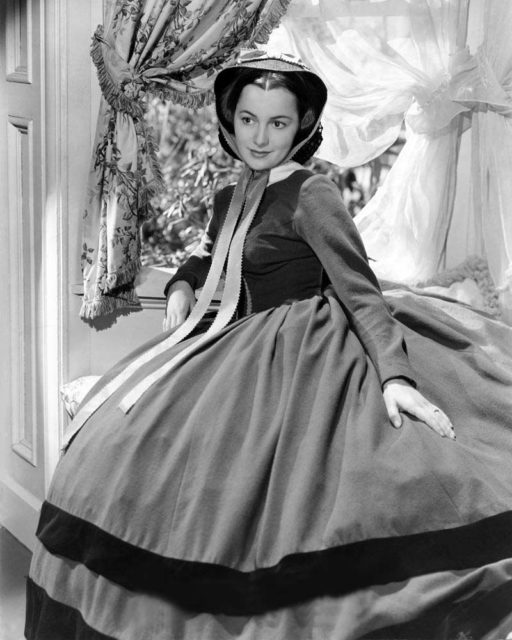
She remained active in the movie business up to the late 1980s. In a career that spanned more than five decades, she became an icon of Classical Hollywood.
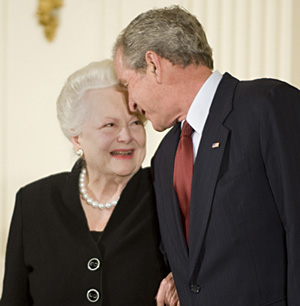
Classy, strong, elegant, and beautiful, Olivia de Havilland will celebrate her 101st birthday today.
Related story from us: Hollywood’s Veterans: The beloved surviving stars of the Golden Age
At 101 she is still as magnificent as she was when she debuted on the big screen 82 years ago. Happy birthday, dear Dame Olivia.
